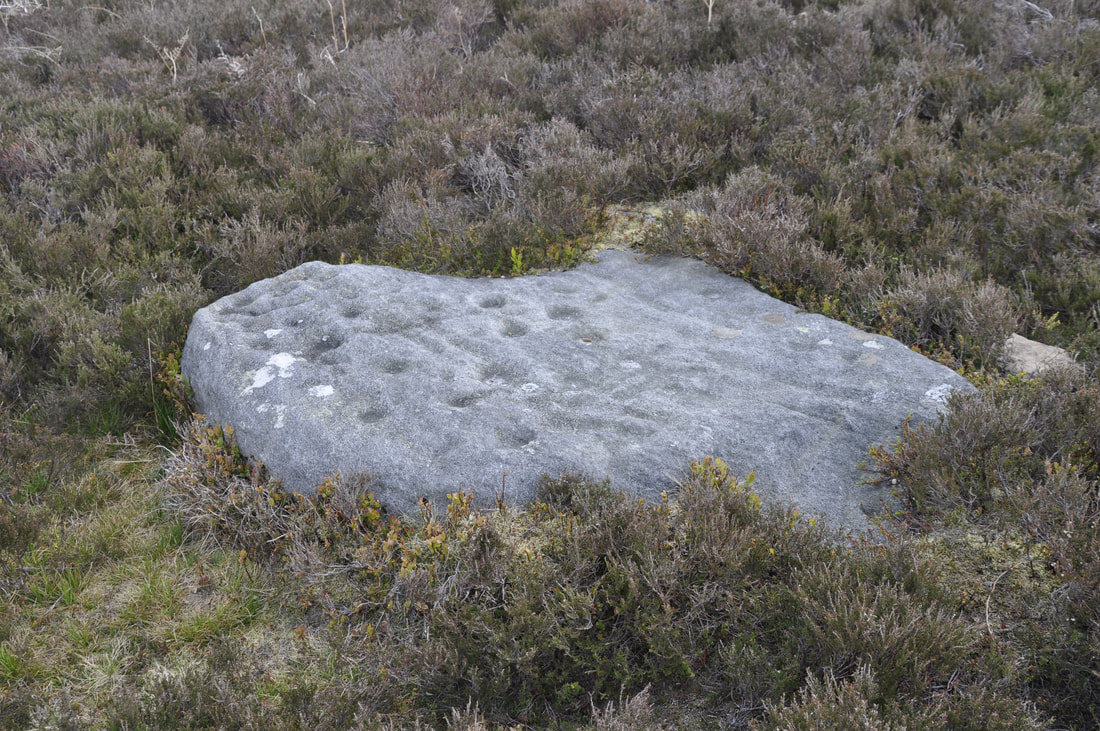|
by Dr Abbi Flint (Research Assistant on the WetFutures UK team) One of the aims of WetFutures is to explore the cultural heritage of wetlands. When we think about cultural heritage, often what comes to mind are physical remains – things like buildings, structures and monuments, changes to the landscape that show how it was used in the past, or objects found in and around wetlands – but not all aspects of cultural heritage are easily seen. Cultural heritage also includes the traditional ways that people have used wetlands, local events and customs, the stories, songs, legends and myths that people tell, and even the art and literature that these places inspire. Some of which may be very specific to a local place or group of people. These contribute to what UNESCO define as ‘intangible cultural heritage’. The UK WetFutures team have recently been exploring one aspect of the intangible cultural heritage, the folklore of wetlands, through a review of existing literature. We didn’t just look at what might traditionally be seen as folklore but included broader ways that wetlands, and specifically bogs, are portrayed. Some folklore around bogs reflects historic views of these places as potentially dangerous and inhospitable – where mysterious lights (will-o'-the-wisps) may help or hinder travellers, where fairies or black-dogs appear, and where people may disappear into bottomless depths. However, our review of the broader folklore of one of our UK case study sites, Ilkley Moor, suggests these exist alongside other (sometimes more positive) associations. The moor has been portrayed as both dangerous and having health and aesthetic value, as both wild and shaped by people, and as playing an important part in local social history. The physical cultural heritage within wetland landscapes may also have its own folklore - for example, around the use and meaning of the prehistoric carved rocks and stone circles found on Ilkley Moor. An example of one of the prehistoric carved rocks on Ilkley Moor (photo by Ben Jennings)
Just like physical aspects of cultural heritage, the intangible heritage of wetlands continues to develop and be relevant to the ways people use landscapes. Part of the Wet Futures project is to explore the perceptions that different groups of people, who have an interest in wetlands, hold about these places and their heritage. We hope that through this we will be able to share new and emerging aspects of the rich cultural heritage of wetlands. We hope to be able to share the outcome of this research very soon and in the meantime we’d love to hear your experiences of the ‘intangible ‘or less visible aspects of wetland cultural heritage.
1 Comment
|
Archives
April 2021
Rosie EveretTRosie is the latest member of the WetFutures team and is here to keep you all updated on the latest WetFutures news! |


 RSS Feed
RSS Feed
